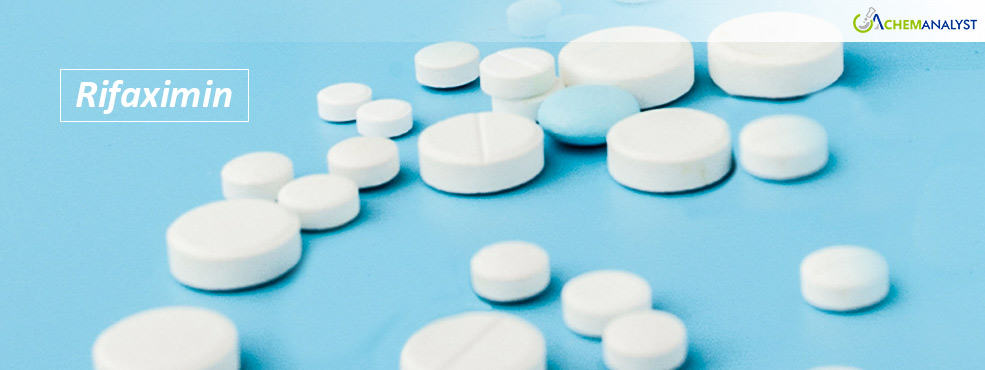Rifaximin Prices to Climb by February-End as Trade Shifts and Supply Tightens
- 25-Feb-2025 2:45 PM
- Journalist: Henry Locke
The global pharmaceutical market expects rifaximin, a widely used antibiotic, to settle at higher price levels by the end of February 2025. This upward trend in pricing is driven by increasing demand from the healthcare and pharmaceutical sectors, coupled with a tightening supply of rifaximin in the market.
Key Takeaways:
- China’s Lunar New Year led to factory slowdowns and stock shortages.
- The 10% tariff will increase costs for U.S. pharmaceutical companies importing rifaximin from China.
- The U.S. tariff could drive demand toward Indian suppliers.
- China's response to US tariffs could impact the European market.
China’s Lunar New Year celebrations, which took place from January 29 to February 12, led to a manufacturing slowdown, with factories either shutting down or operating at reduced capacity during the 15-day festival. As workers took extended leave and logistics networks functioned less efficiently, the production and distribution of key pharmaceutical ingredients, including rifaximin, were impacted.
In the weeks leading up to the holiday, manufacturers and suppliers depleted existing stockpiles to meet pre-festival orders, causing a noticeable decline in available rifaximin inventory. As operations gradually restarted by mid-February, the market experienced a supply-demand imbalance, with reduced stock levels likely contributing to an uptick in rifaximin prices.
Intensifying supply chain pressures, President Trump issued an executive order on February 1, 2025, enforcing a 10% tariff on all Chinese imports. With China serving as a key supplier of Rifaximin to the U.S., pharmaceutical companies dependent on these imports now confront increased procurement costs, which are expected to be transferred to consumers and end-users.
To mitigate these rising expenses, U.S. buyers may seek alternative suppliers such as India, a leading producer of generic pharmaceuticals and APIs. However, the surge in U.S. demand could put pressure on India's existing supply capacity, potentially disrupting the balance between supply and demand. As Indian manufacturers prioritize fulfilling these new orders, domestic availability of rifaximin may decline, potentially driving up prices within India.
China’s strategic response to U.S. tariffs could significantly influence the European market. With the 10% tariff reducing the appeal of the U.S. as an export destination, Chinese producers may shift their focus to key markets like Europe to sustain export volumes. While this could suggest a more stable supply, the recent production slowdown during China’s Lunar New Year adds uncertainty. As European pharmaceutical companies ramp up their demand for Chinese rifaximin, heightened competition may put upward pressure on prices.
Amid these shifting market conditions, global rifaximin prices are expected to climb throughout Q1 2025, driven by steady demand across key markets. The price surge will be influenced by ongoing supply chain disruptions, changing trade dynamics, and heightened competition for limited supply.



